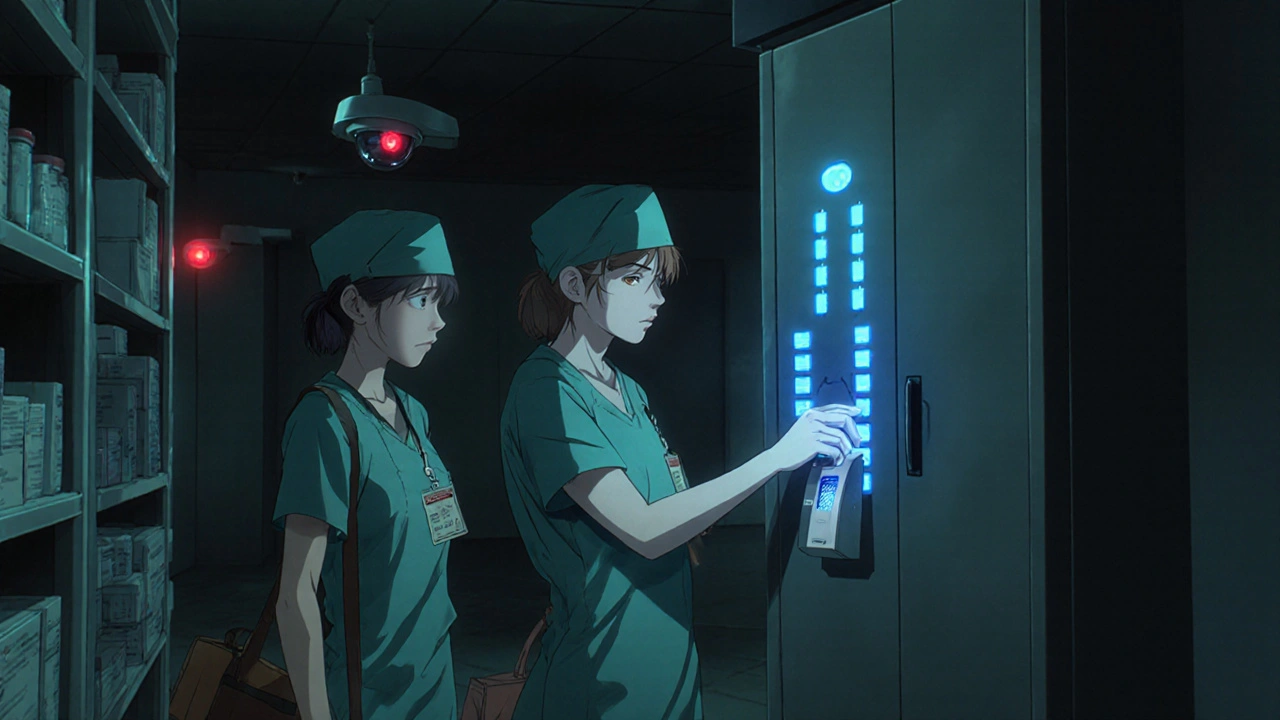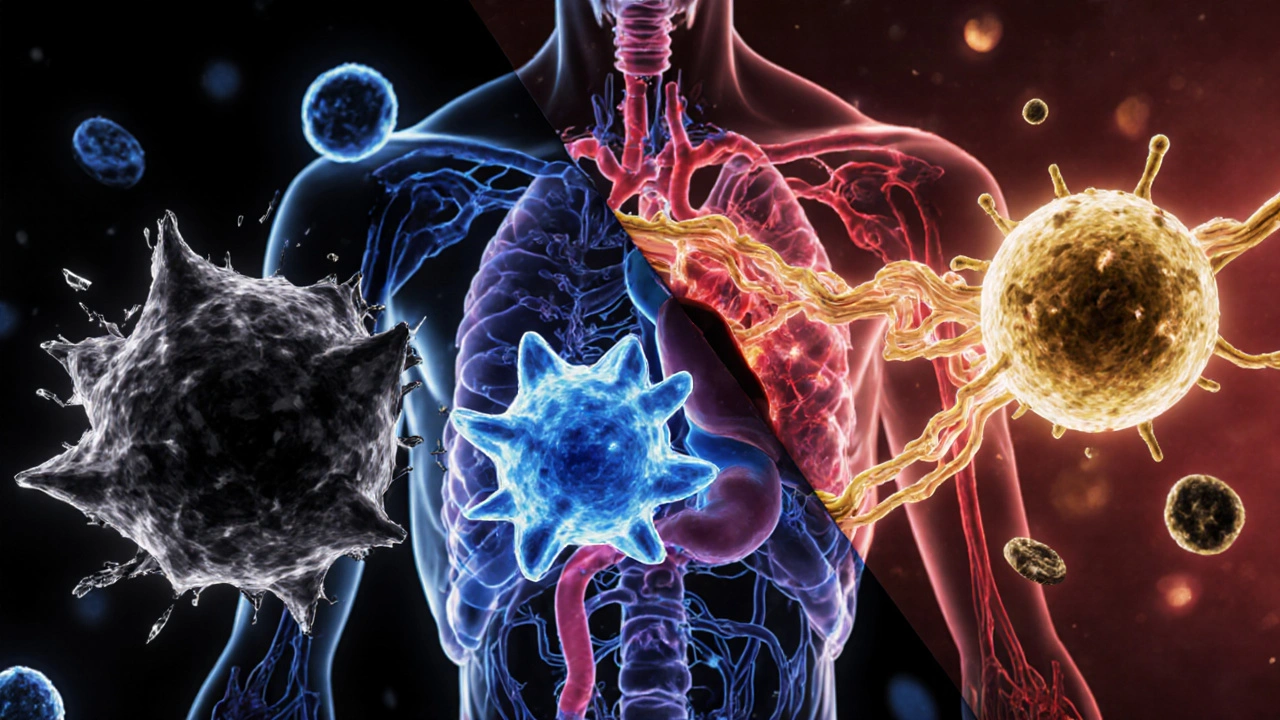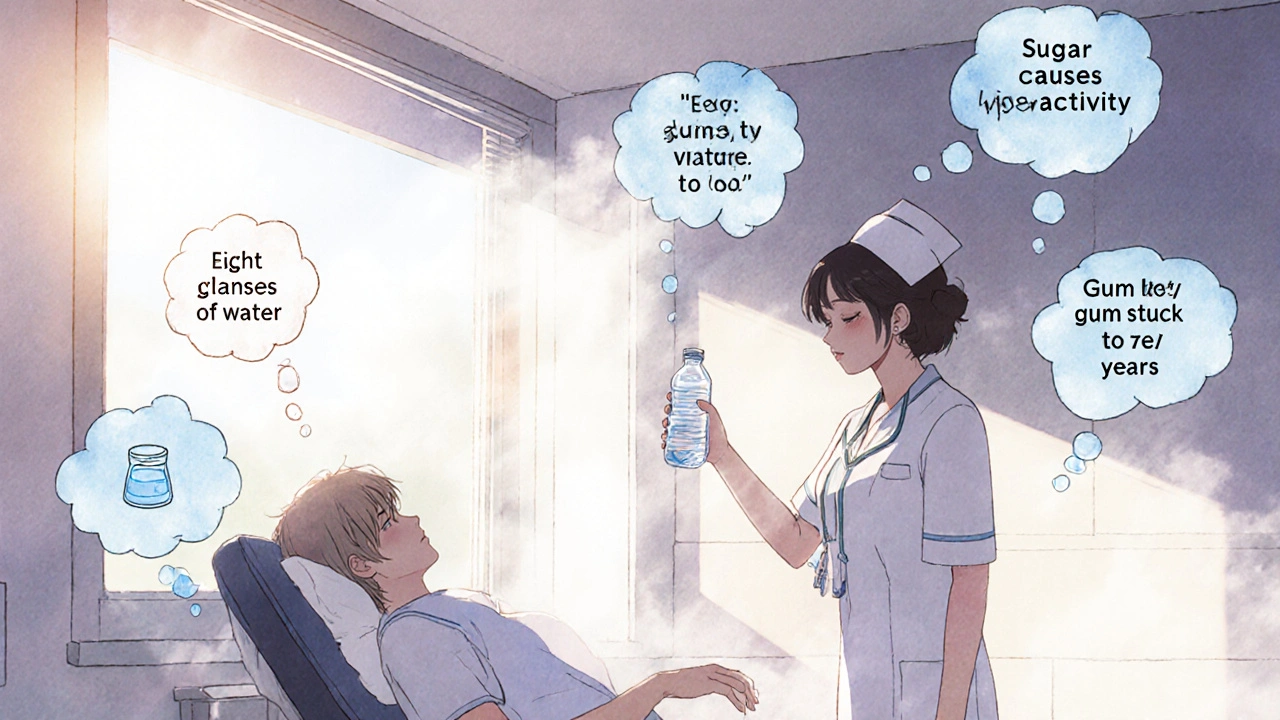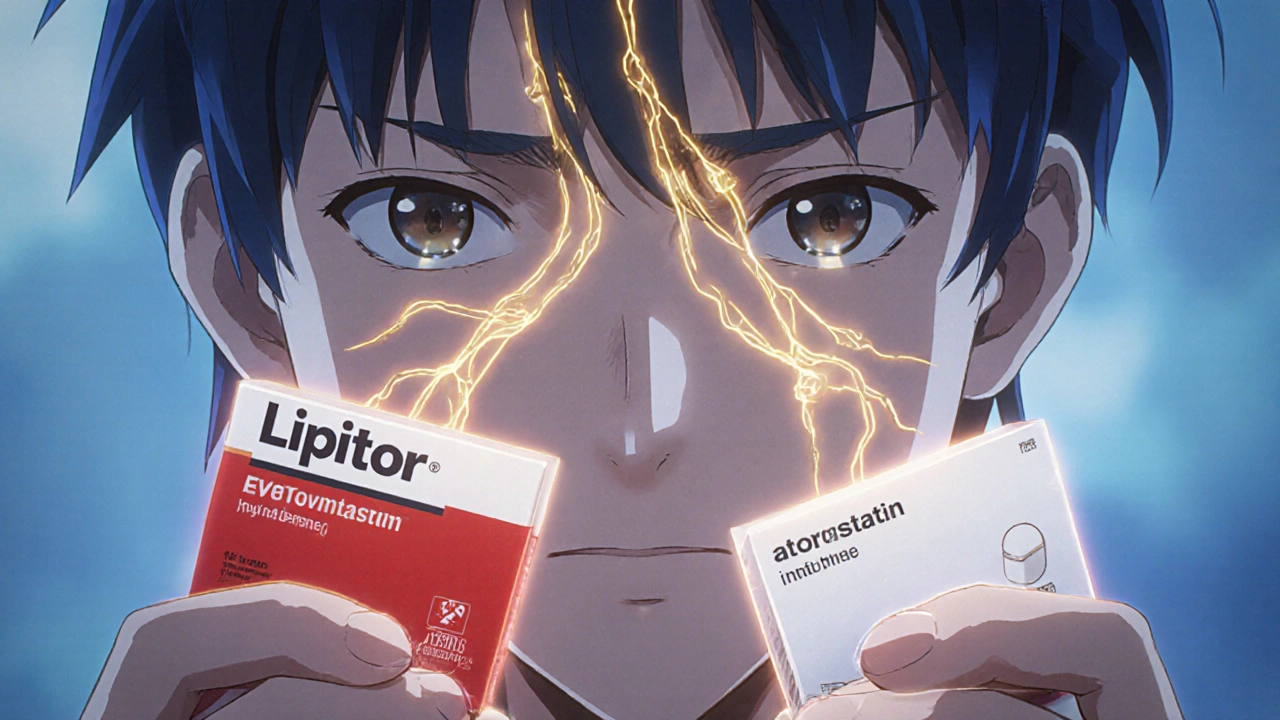Author: Lila Thorne
Digital tools are transforming how patients take generic medications, reducing missed doses and healthcare costs. From smart pillboxes to cloud-based tracking, find out which tools actually work-and how to use them.
Chemotherapy remains a cornerstone of cancer treatment, but drug interactions can be dangerous. Learn how common medications, supplements, and even food can affect chemo safety and effectiveness.
Learn how to securely store controlled substances to prevent theft and diversion in healthcare settings. Follow DEA-compliant practices, use dual control, implement audits, and avoid common pitfalls that put patients and staff at risk.
A clear safety guide for insulin and oral diabetes medications, covering hypoglycemia risks, kidney concerns, drug interactions, and hidden dangers of newer drugs like SGLT2 inhibitors and GLP-1 agonists.
Geriforte Syrup is a traditional herbal tonic for energy and stress, but alternatives like Ashwagandha, Rhodiola, and Liv.52 may work better depending on your needs. Here’s how they compare.
Beta-blockers vary widely in how they work and who they suit best. Learn why carvedilol, nebivolol, and bisoprolol are preferred for heart failure, why propranolol can be risky, and how side effects differ between drugs.
Learn how to use OpenFDA and FAERS APIs to search drug side effect reports. Get step-by-step guidance on queries, API keys, limits, and real-world uses - without medical advice.
Debunking common health myths like drinking eight glasses of water daily, sugar causing hyperactivity, and brain usage myths helps patients make better decisions. Evidence-based facts improve health outcomes and reduce misinformation.
Generic medications work the same as brand-name drugs, but psychological factors like expectations and labeling can make patients feel they don’t. Learn how the placebo effect impacts adherence and what you can do about it.
Type 2 diabetes is driven by insulin resistance and metabolic syndrome-two interconnected conditions that raise diabetes, heart disease, and stroke risk. Learn how they develop, how to reverse them, and what new treatments are changing outcomes.










 Medications
Medications